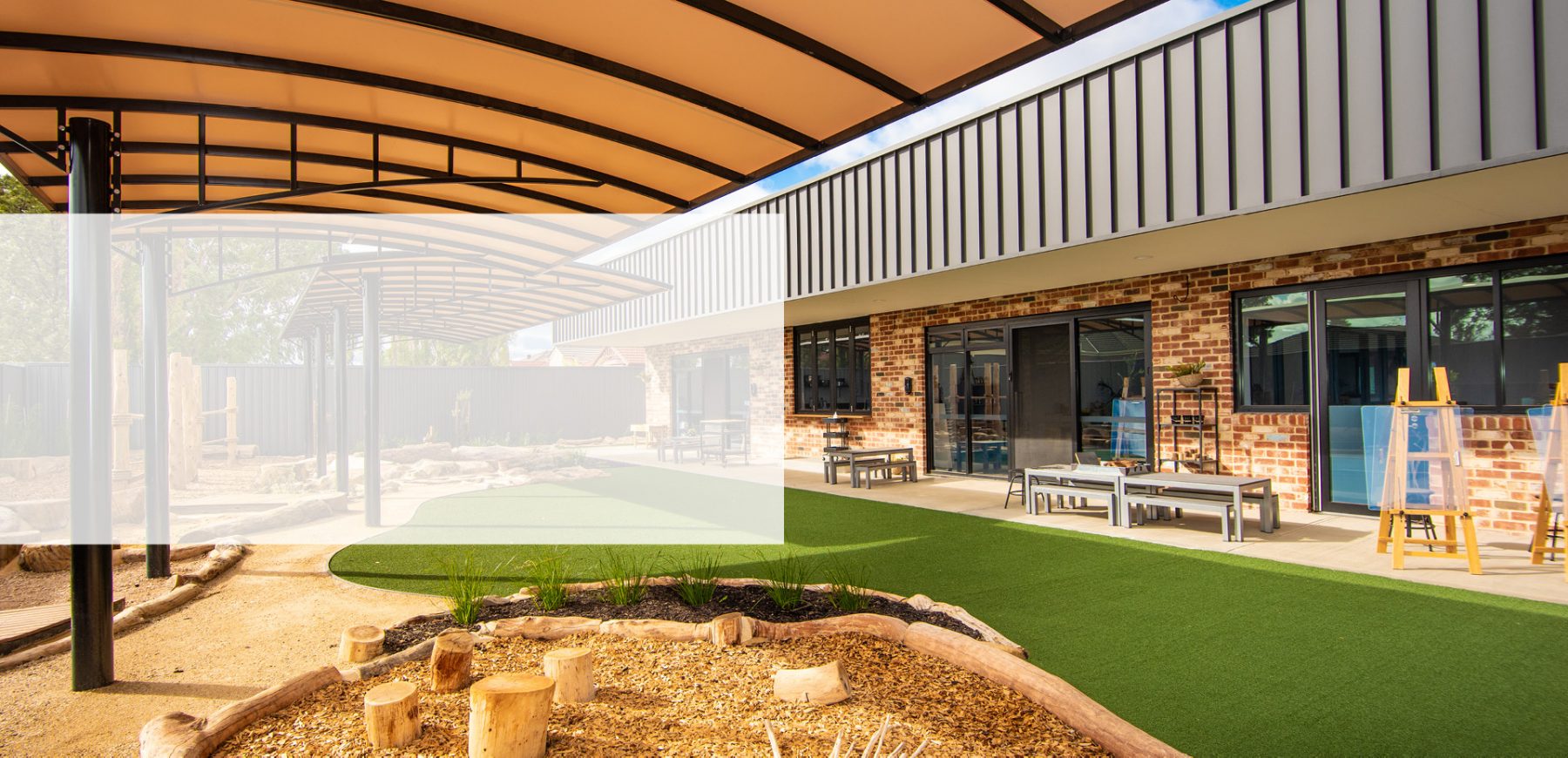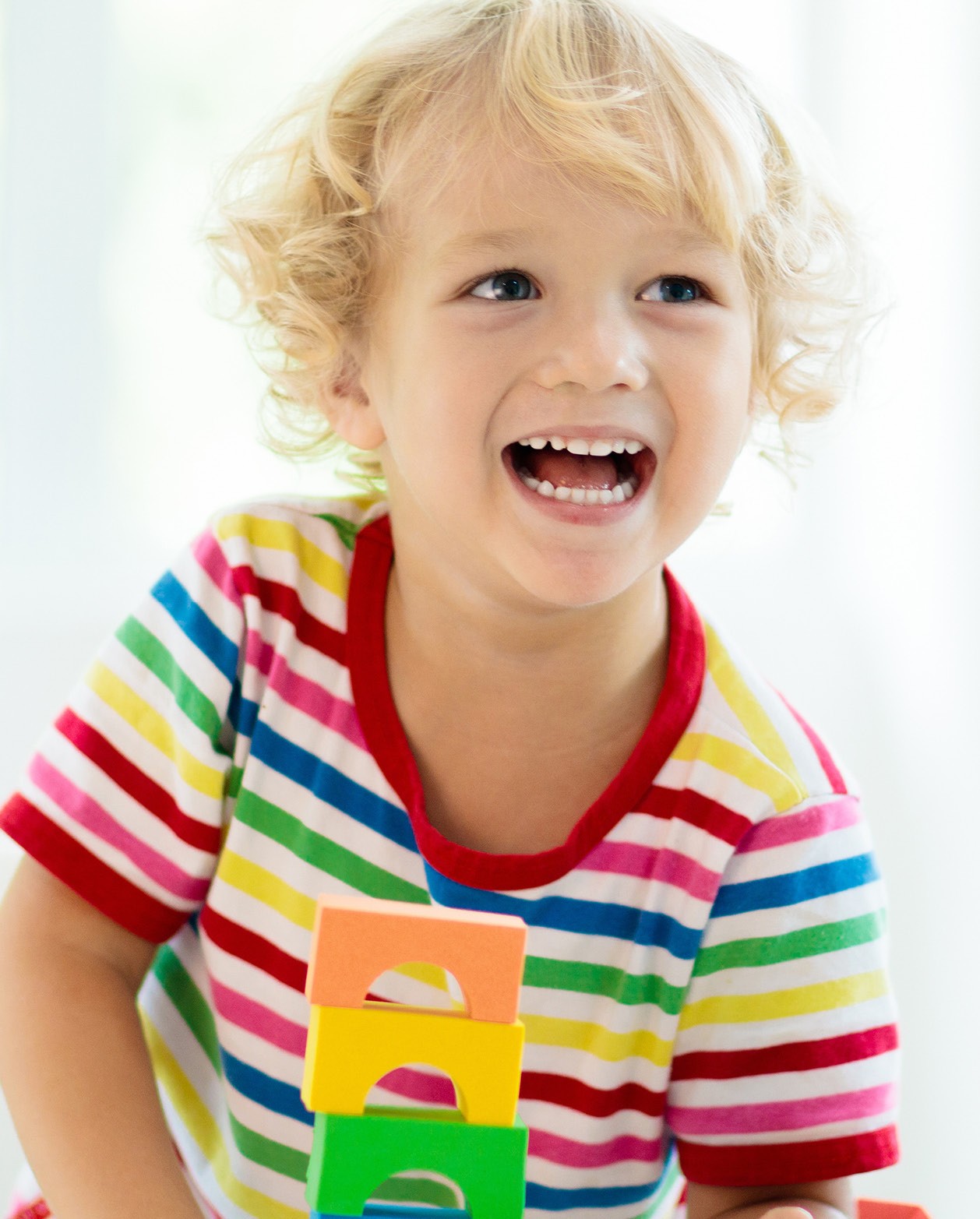Evolving Education
Using the latest research on children’s brain development, the nation’s education ministers will launch a review of Australia’s “early learning framework” which is set to change the way babies, toddlers and preschoolers are taught in childcare centres. And while the concept of play may seem simple, it has a very specific purpose.
“Really good learning looks like children are playing – but they’re learning about language, cooperation, science and the fundamentals of numeracy,” says Early Childhood Australia Chief Executive Samantha Page. “That will set them up really well for learning to read, and the theory of mathematics.’’
Nature-based play will also take precedence, based on research showing the value of connecting to nature; the weather; the life cycle of butterflies. Other trends set to emerge include the use of technology, given that children today are ‘digital natives’, born into a world where tech is a way of life. Taking a photo of a caterpillar with an iPad, rather than consuming content passively, is just one example.
The importance of activity
Spaces that inspire exercise will be at the forefront, as childcare centres help parents raise healthy, active kids. A new initiative, The Play Active Program, developed by researchers from The University of Western Australia and the Telethon Kids Institute, gives childcare centres clear guidance on how to achieve physical activity guidelines for the early years. The policy will be available first in Perth, then rolled out to WA and the rest of the states.
According to the Australian 24-hour Movement Guidelines for the Early Years, young children should have three or more hours of physical activity per day, including energetic play, but lead researcher UWA Associate Professor Hayley Christian said only a third of children aged 2-5 years were achieving that. The program includes a physical activity policy which sets out how much physical activity, sedentary time and screen time children should have when at childcare, and provides managers and educators with training, professional development, and resources to help achieve this.[1]
Pandemic Pressure
There’s no denying that like most sectors, the COVID-19 pandemic created some challenges for the childcare industry. According to the Australian Government’s Families in Australia Survey: Life during COVID-19 Report No 1 Early Findings, new working arrangements for families with children, meant major changes to childcare, with 64% of respondents solely relying on parent-only care, compared to 30% before the pandemic.
But more than a year on from initial lockdown there’s good news. The August 2020 Child care in COVID-19, Services Survey by the Department of Education, Skills and Employment, found that attendance at centre-based day care services was back to 100% of pre-COVID levels by the end of July, up from 84% as at mid-May.
Meanwhilelessen the financial strain on working parents, with changes that will cover up to 95 per cent of childcare fees for second and subsequent children aged five and under (for families on lower incomes). It’s a windfall for many, who currently pay up to $120 for childcare per day. For families on higher )the government will abolish the $10,000 cap on childcare fee rebates. The budget announcement means the Morrison Government has matched Labor leader Anthony Albanese’s pre-election policy announcement to cover up to 90 per cent of childcare fees for eligible families with a 95 per cent rebate.
Only time will tell how a looming election and the scars of the pandemic will impact the childcare industry for good. But as for the tiny humans, grasping new life skills, getting to grips with the Play Doh and running around without a care in the world? As long as they’re immersed in their daily play, in centres designed with FDC-level care and expertise, nothing else truly matters.



